Air Plant Fertilization: Tips for Fertilizing Tillandsia
We get a lot of questions about how to fertilize air plants, including when to do it, how much and what kind of fertilizer to use. While fertilizer is not necessary for your air plants to survive, it does help them thrive and encourages growth, bloom cycle, and offset (pup) production.
We like to use a low-nitrogen bromeliad fertilizer. Low-nitrogen fertilizers are best for air plants because it helps encourage blooming and offset production in Tillandsia. It's also very important to use a non-urea-based nitrogen fertilizer, as this will provide nitrogen that is usable for Tillandsia. Urea based nitrogen uses bacteria in the soil to convert the nitrogen to usable form for plants and because Tillandsia are not planted in soil they are unable to process this type of nitrogen.
We make our own fertilizer that you can buy here.
Instructions for use of our Air Plant Food: Mist only once per month. Do not use in excess of once per month, or over-fertilization may occur. Air plant food is fertilizer and does not replace regular waterings or proper air plant care. Using more than once a month can cause the pants to suffer nitrogen burn and they will not survive.
Here are some tips on how to use fertilizer to help your Tillandsia thrive!
- Choose an air plant fertilizer like ours or similar. Look for Bromeliad or Tillandsia fertilizer. Ours has a formula ratio of 17-8-22 or nitrogen-phosphorus-potassium, all things that air plants love and need to bloom and reproduce. Make sure the fertilizer you use contains a non-urea-based nitrogen.
- Fertilize once a month in addition to weekly waterings. Fertilization is not a substitute for regular watering, so make sure to water them when you fertilize as well as on your normal watering schedule (read more about air plant water tips here). Very important: do not fertilize your air plants too often, as this will cause nitrogen burns on their leaves and will kill them.
- Our air plant food comes pre-mixed in a handy sprayer bottle, so you need only to mist your plants after watering. Or you can mix a few sprays in their water as you soak them.
- If you notice your plant starting to blush or bloom, this is a good time to fertilize, as this will help with blooming, as well as reproduction.



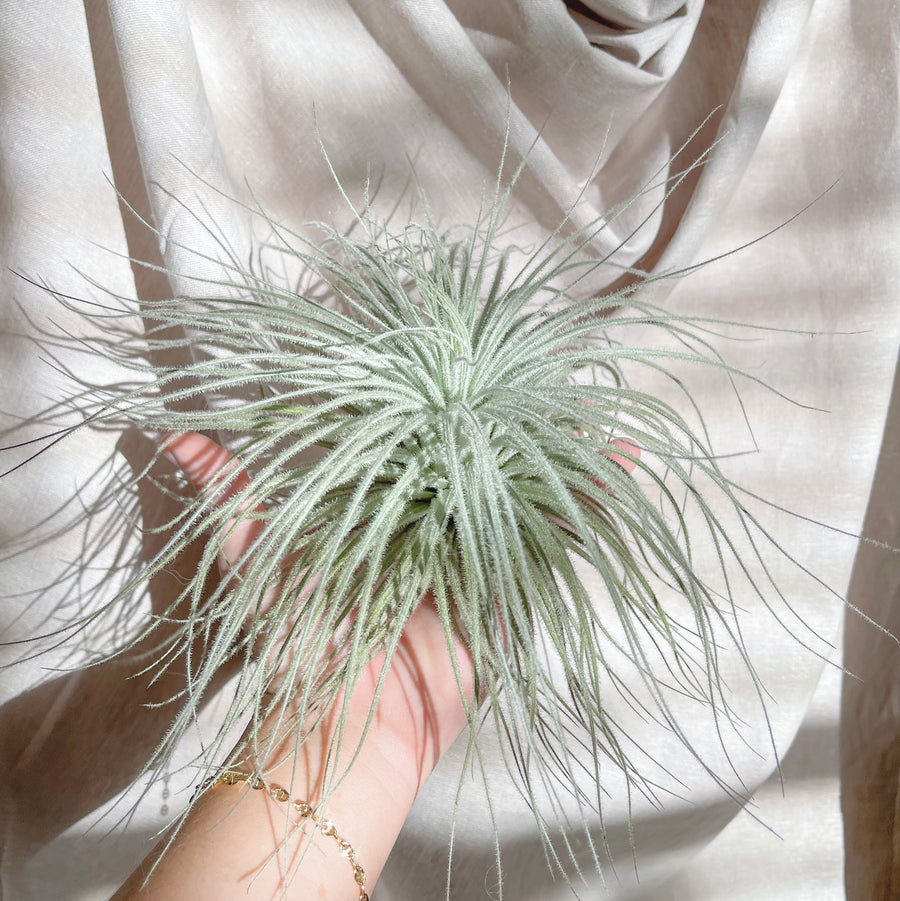
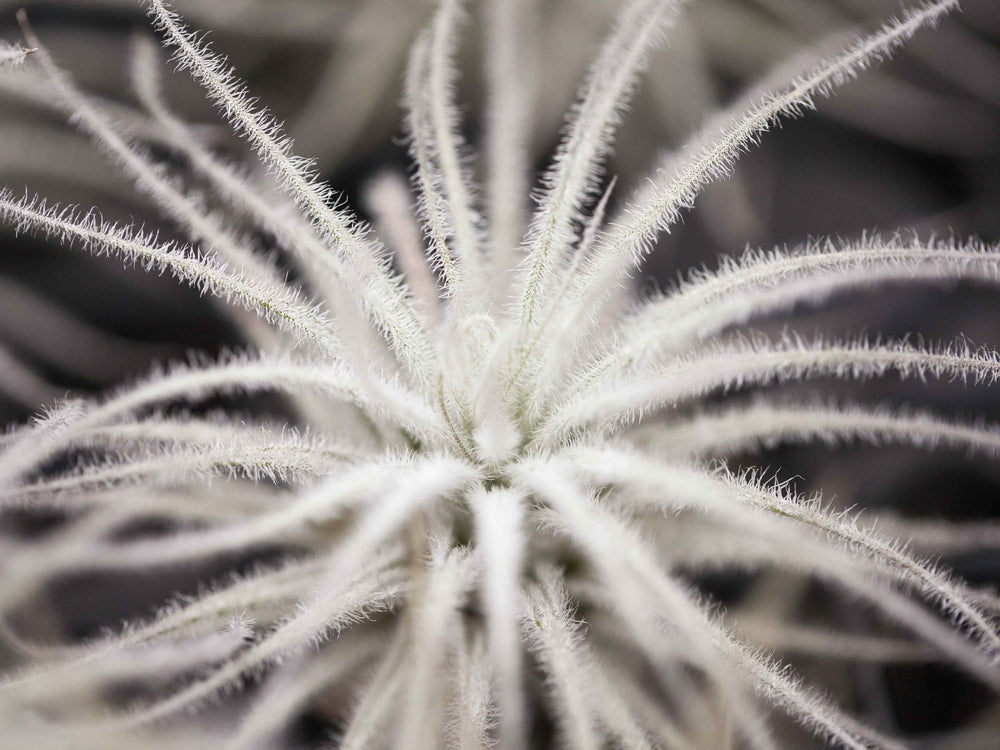
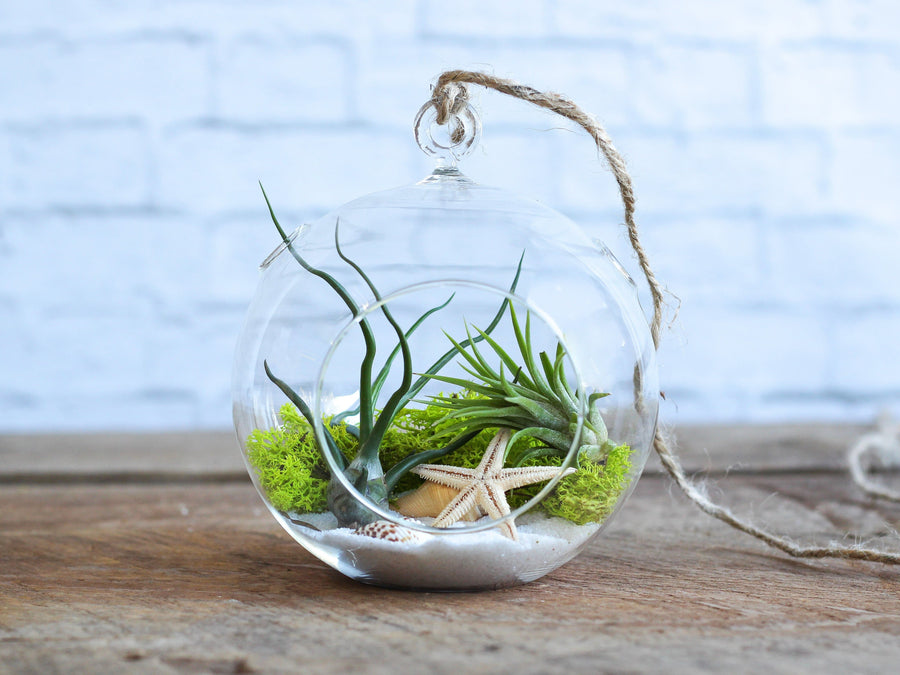
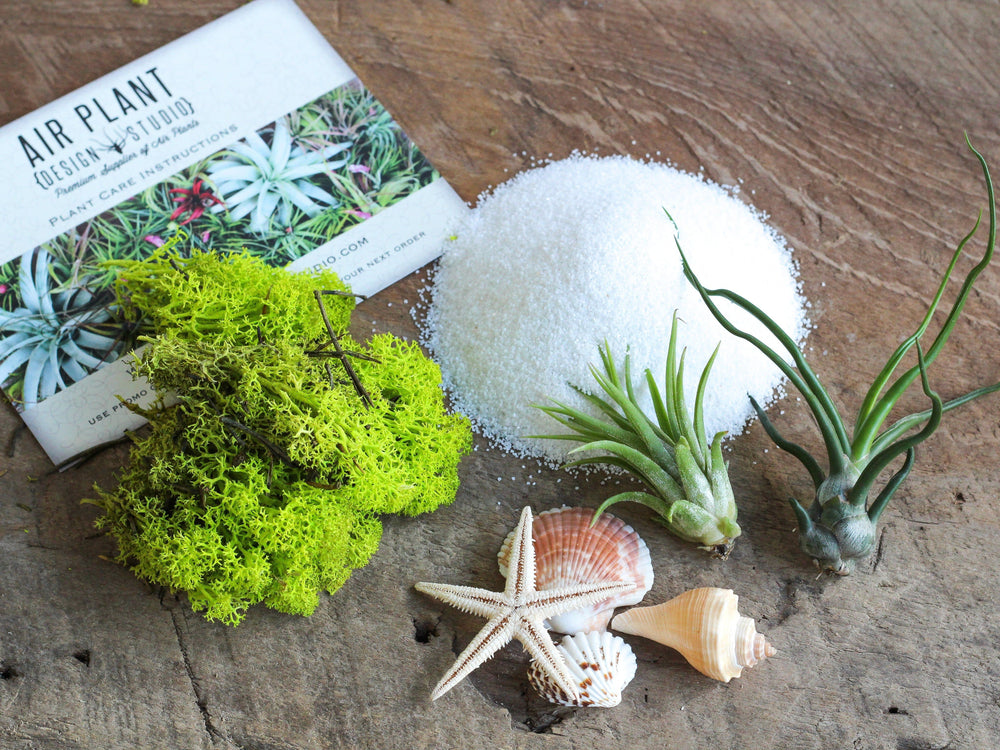
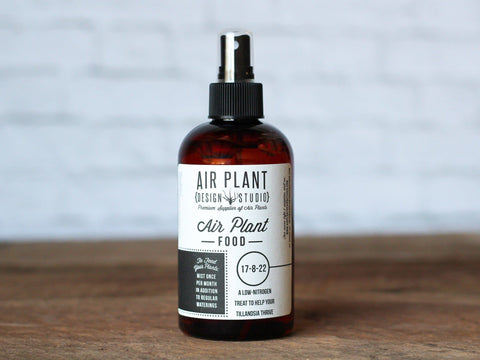
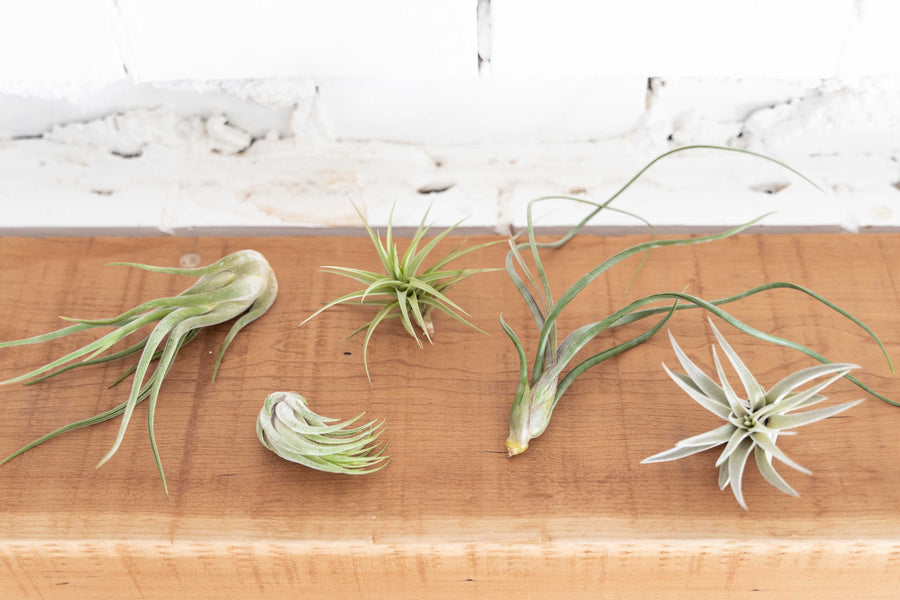
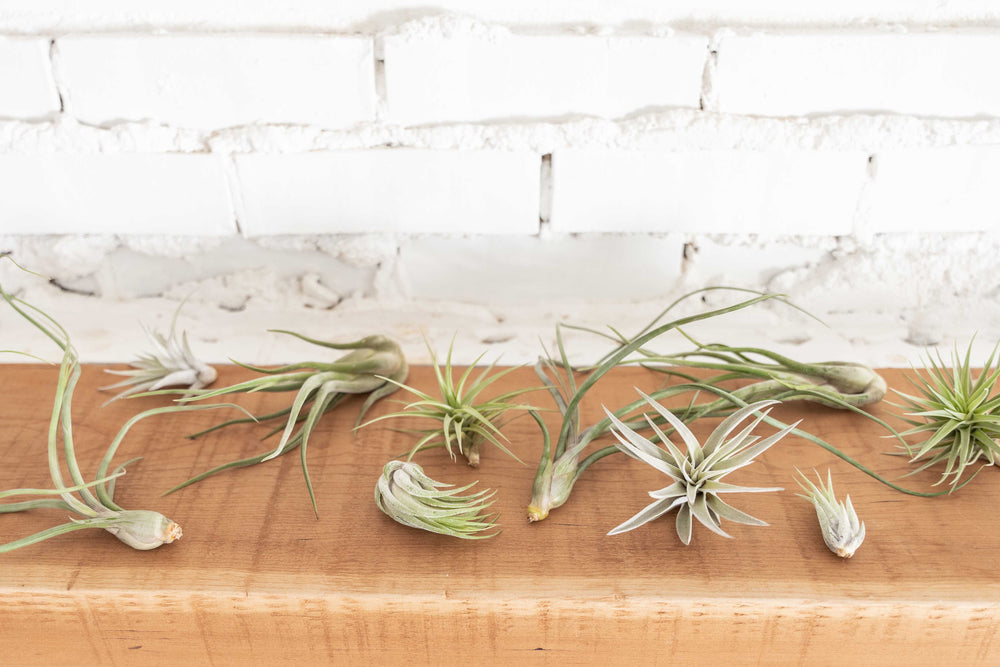
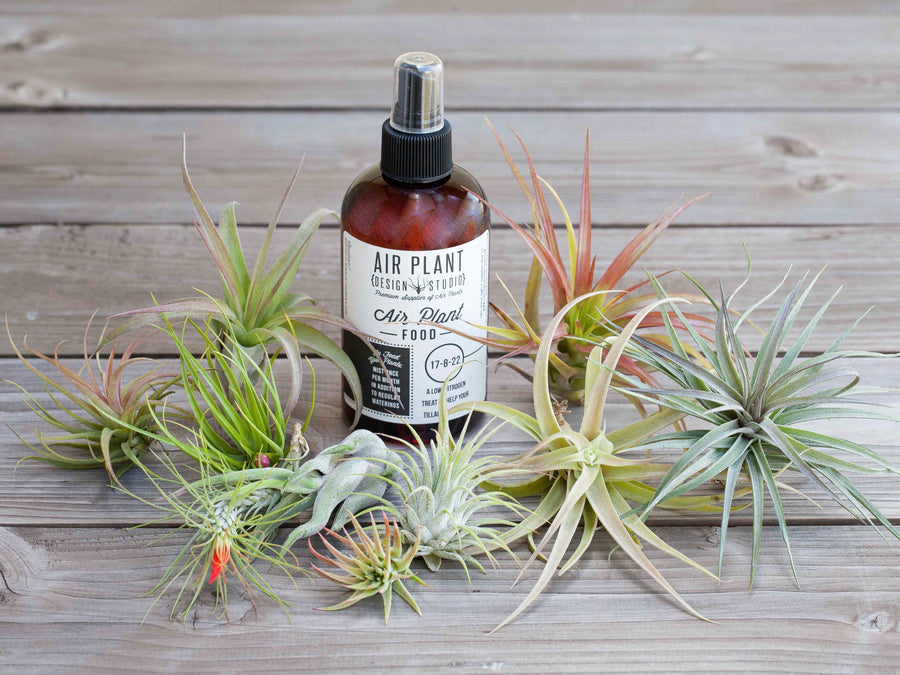
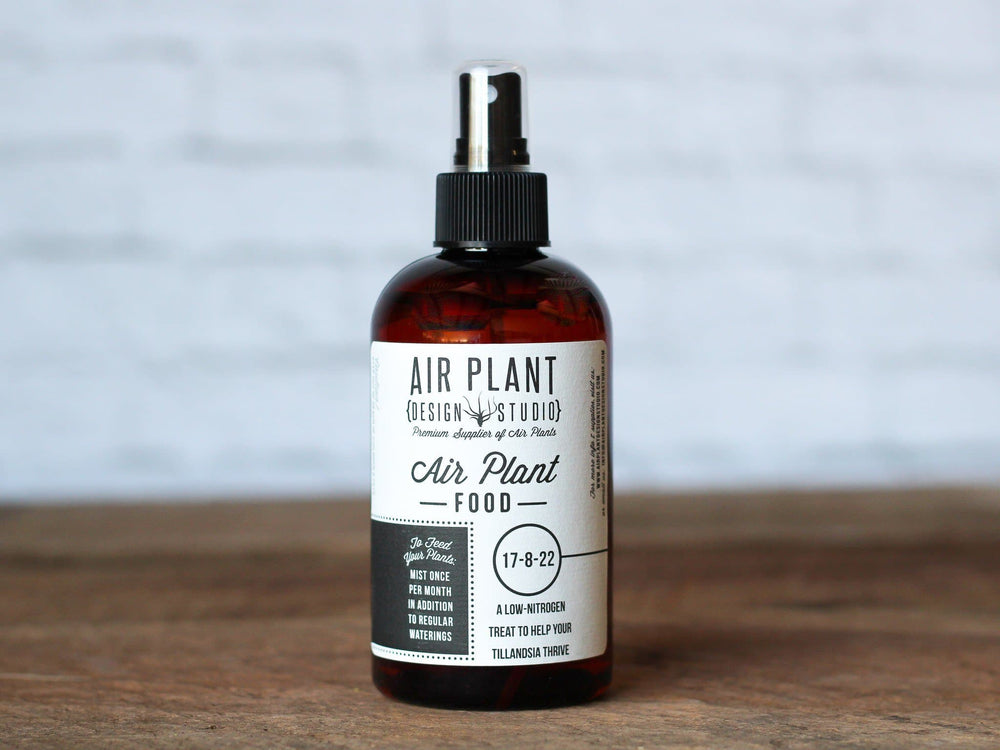
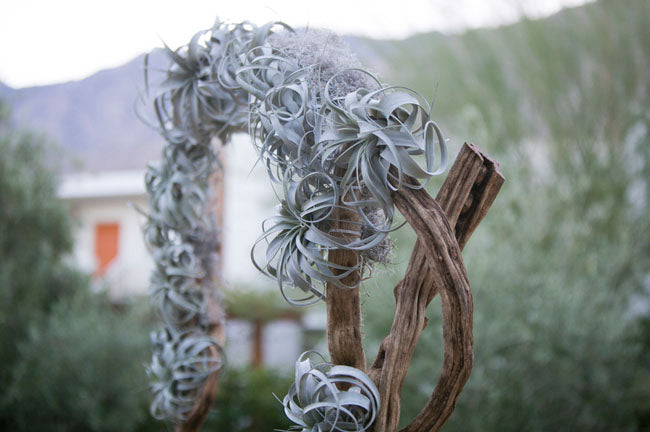
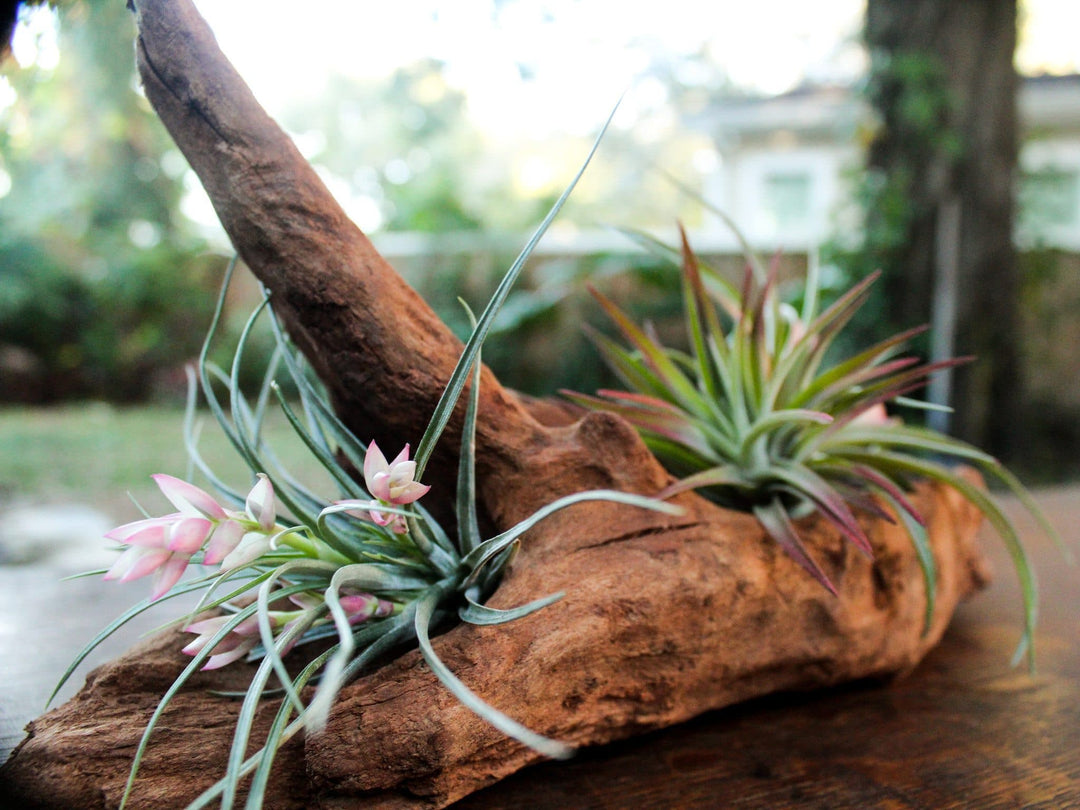
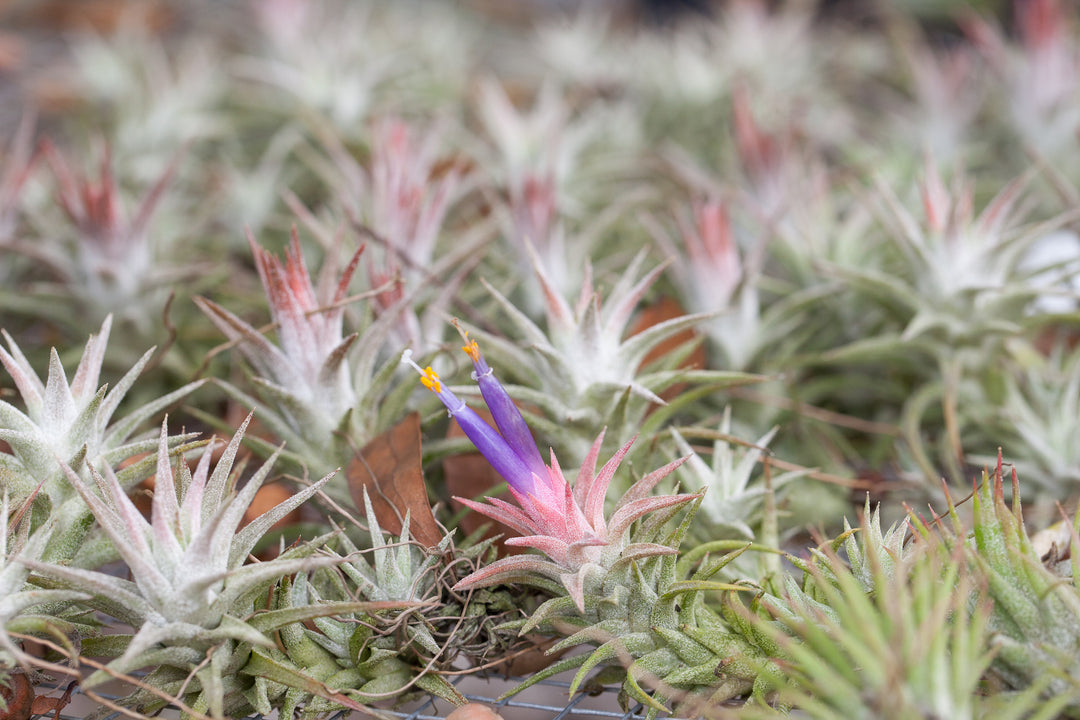
I have a very nice tectorum Ecuador and it seems to be curling under on the bottom leaves. It sits atop a stump of Chollo wood in a very
bright window and I have one of your misters that I use once a week on it. Is there something wrong with my plant, or my care?
Please advise as this is one of my favorites.
Thank you
Thanks for all the great information and all the Tilandsias you have sent all arrived in great condition.
All my air plants are in hanging glass, sitting on a screen like cloth and are doing great,one sprouted roots,do they feed trough them or are they just to hold on with?
Leave a comment